Andrew Forrest thinks Fortescue could take on Elon Musk’s Tesla as the real climate change challenger
Some consider the Tesla founder an environmental saviour, but one of our nation’s biggest mining magnates reckons the real solution is in an industry Australia is poised to lead.
Australian billionaire Andrew “Twiggy” Forrest has taken a swipe at the world’s richest man and called out his “green” credentials while outlining what he plans to do about the two million tonnes of greenhouse gas the company that delivered his own fortune emits every year.
“Elon Musk recently called hydrogen fuel cell cars – despite the 8 million that will soon be on the roads – ‘mind-bogglingly stupid’,” Mr Forrest said during his recent Boyer Lecture broadcast by the ABC.
“He has every reason to fear them.
“His description is perhaps better suited to someone who peddles a battery technology as green – when it runs on fossil fuel,” Mr Forrest said.
RELATED: Musk overtakes Bezos as world’s richest man
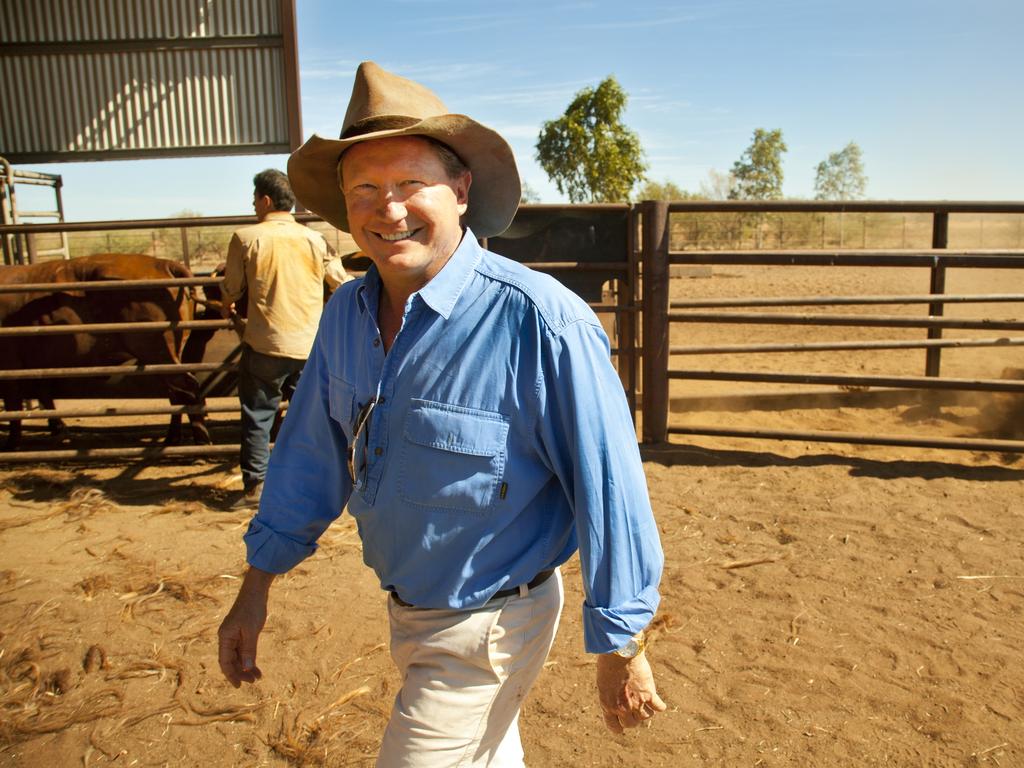
RELATED: Major electric car breakthrough on the way
Mr Forrest, founder of the Fortescue Metal Group, began his lecture “Oil vs Water: Confessions of a Carbon Emitter” by acknowledging his company emits more every year than the entire nation of Bhutan (as does pretty much every other company: Bhutan’s small population, lack of industrialisation, huge tracts of forest that soak up co2, and the renewable energy it exports to India mean it’s actually carbon negative).
Mr Forrest also noted Fortescue’s two million tonnes pale in comparison to the approximately 50 billion tonnes he said spews into the atmosphere every year, and as you might expect his solution is not to stop mining iron ore, “which is critical to the production of steel and to humanity”.
“The answer is iron ore and steel – made using, zero-emissions energy,” Mr Forrest said.
And the “solution is hydrogen”.
Elon Musk’s electric car company Tesla currently makes four vehicles powered by lithium-ion batteries that you plug-in to charge, (also known as a plug-in electric vehicle or PEV).
RELATED: Elon Musk’s $130 million offer
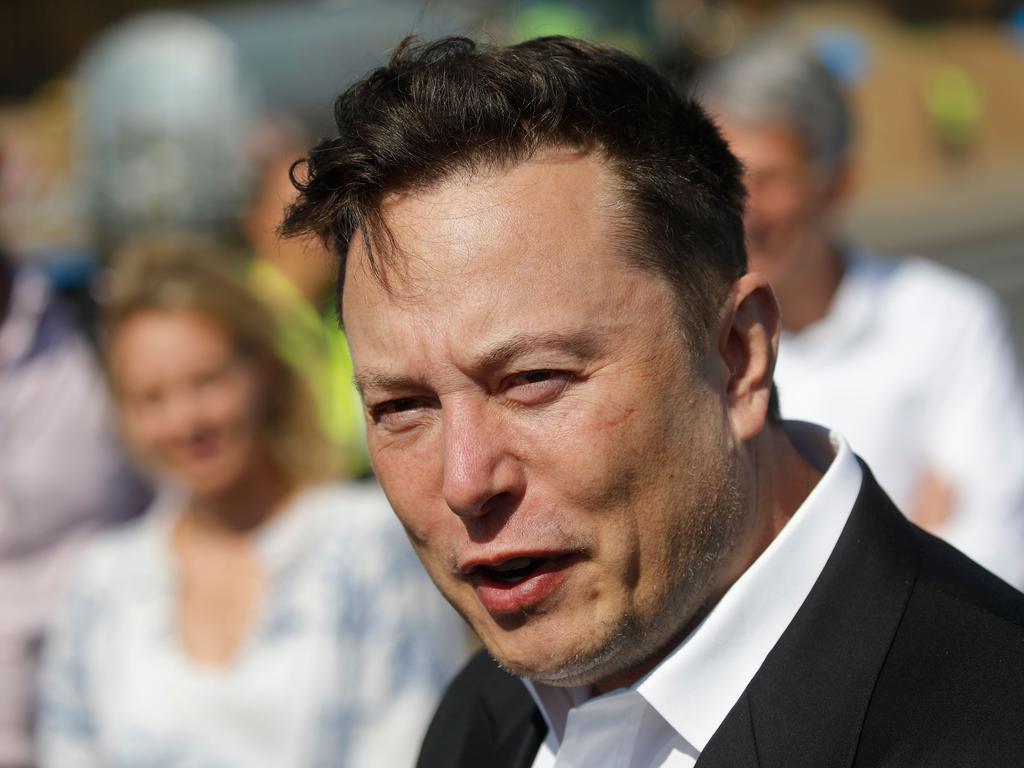
RELATED: Elon Musk’s bold $9bn move
He has indeed called hydrogen fuel cell vehicles “mind bogglingly stupid”, even telling Tesla shareholders during one meeting that their “success is simply not possible”.
They are an attractive idea though.
Unlike Teslas they don’t need to be plugged into a (in all likelihood, not renewable) power source to charge for hours at a time.
Instead you refuel a hydrogen car (also known as a hydrogen fuel cell vehicle or FCEV) like you do with a petrol or diesel one, by placing a nozzle into the tank and pumping fuel into it for a couple minutes.
The difference is what comes out the exhaust pipe is just water vapour.
The US Department of Energy is researching how to make hydrogen-powered vehicles an “affordable, environmentally friendly, and safe transportation option”.
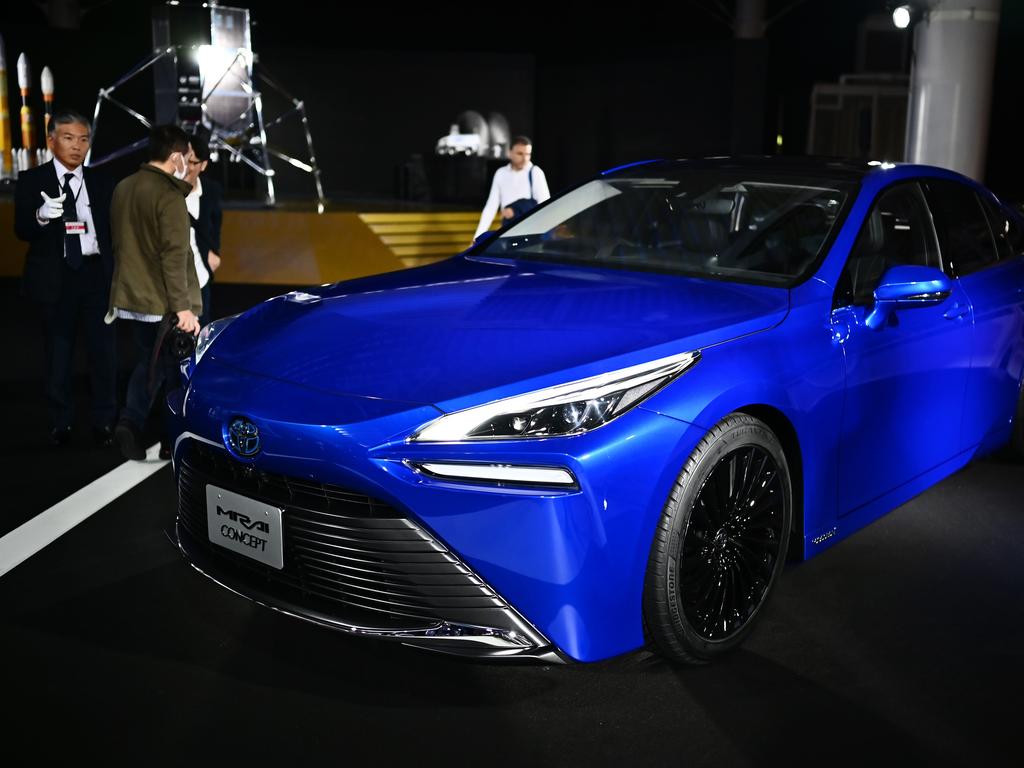
A report to the Australian Renewable Energy Agency (ARENA) in 2018 said that while PEVs were likely to replace internal combustion engines in the near future, a “competing technology with superior performance could in turn supplant PEVs”.
“In some quarters, FCEVs are seen as a potential challenger to PEVs (because they) currently offer a higher driving range, which has been a major buying objection against PEV” and “can use hydrogen as a fuel directly, which some expect to be the long-term energy storage medium of choice”.
The report also noted the downside: Embracing hydrogen might require building “an entirely new hydrogen infrastructure”.
While Tesla goes all-in on PEVs, even designing a new type of battery cell it claims is more powerful and efficient, other private companies are also climbing on the hydrogen powered bandwagon.

Toyota, which Tesla recently overtook to become the highest valued carmaker despite selling far fewer vehicles, has sold a little over 10,000 of the Mirai FCEV since first unveiling it in 2014.
It plans to sell the car in Australia this year.
In 2019, the Hyundai Nexo became the first FCEV to be certified by the Australian government but is currently only available for government or fleet leasing to organisations with a way of refuelling it (sadly Hyundai won’t let you use the station behind it’s head office in Sydney).
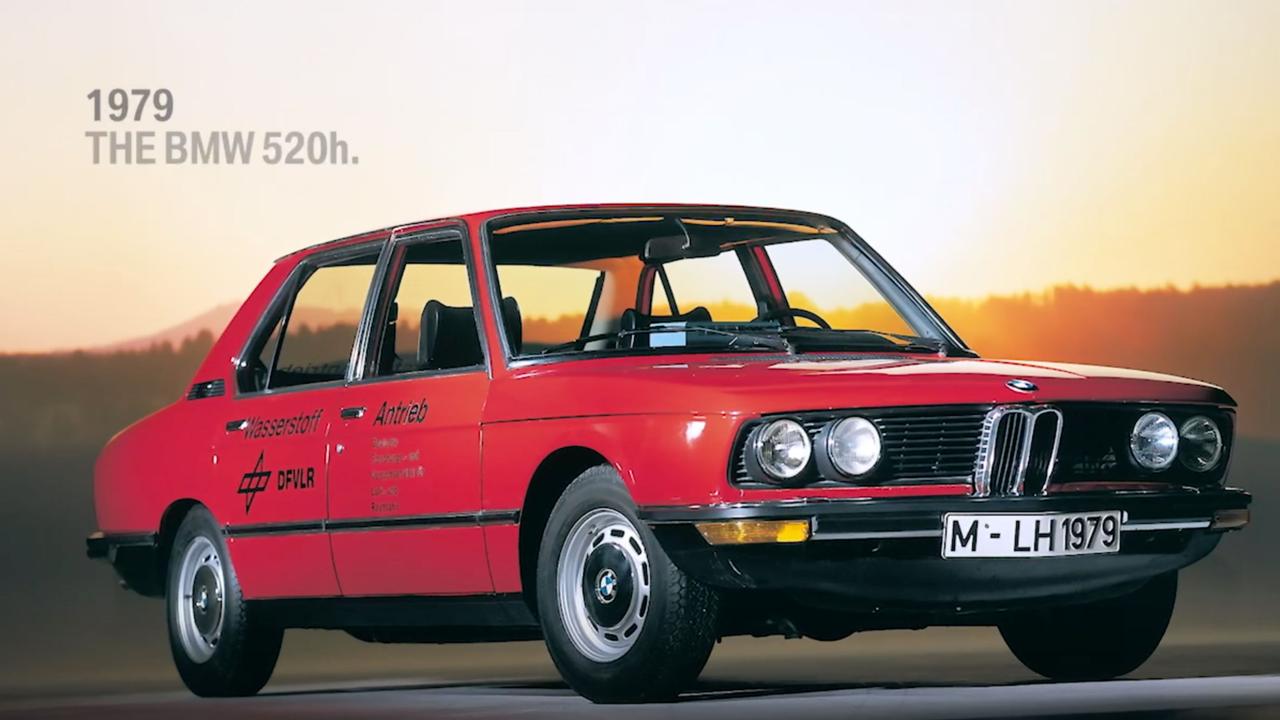
BMW produced its first hydrogen powered car in 1979, a research vehicle called the 520h.
It also built around 100 7-series sedans that had the option of being powered by hydrogen between 2005 and 2007, and next year plans to introduce the “next generation of hydrogen fuel cell electric drive systems” in cars based on the X5, not that you’ll be able to buy one yet.
“The BMW Group would start offering fuel cell vehicles for customers in 2025 at the earliest, but the timing very much depends on market requirements and overall conditions,” BMW notes.
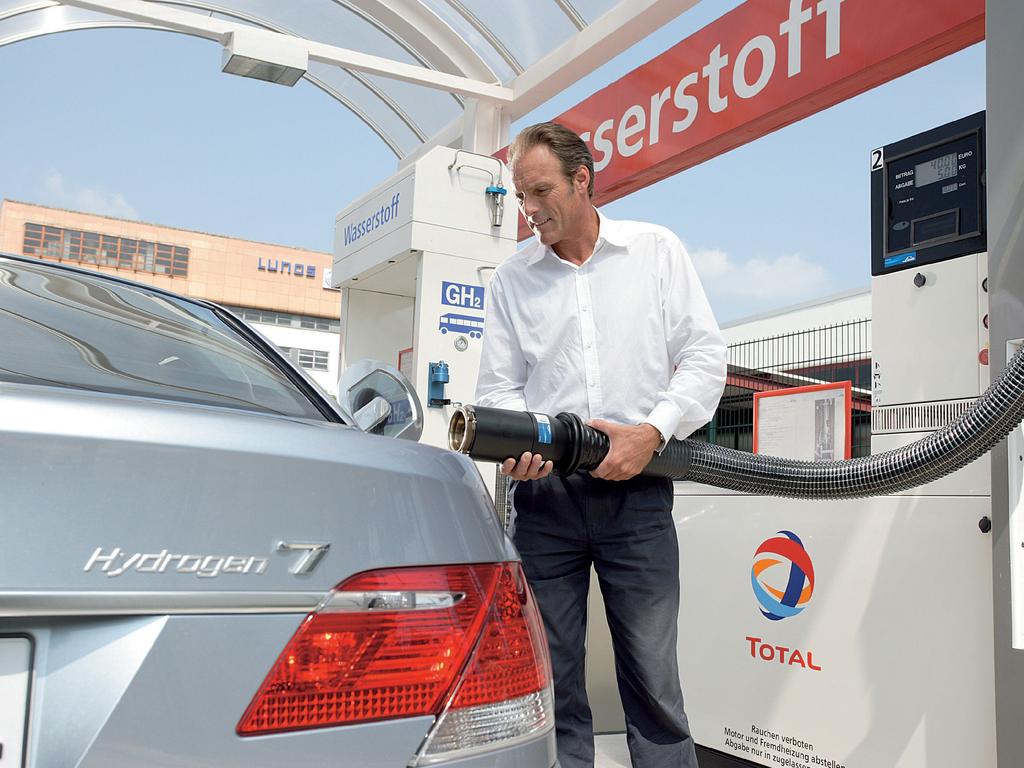
But hydrogen isn’t without its problems, as Mr Forrest noted in his lecture.
Similar to how a Tesla is only as green as the fuel you use to charge it, hydrogen is only as good as the fuel you use to produce it.
“Right now, we don’t use it for energy, it’s just an ingredient used in industrial processes, and we make it from fossil fuels – quaintly calling it grey hydrogen, to hide the fact that it’s a pollutant,” Mr Forrest said.
“Green hydrogen – the good stuff – is virtually ignored by the economic world.
“We’re missing a colossal opportunity.”
Mr Forrest reckons a properly harnessed green hydrogen industry using renewable sources for production could generate revenues “at the very least of $US12 trillion ($A15.5 trillion) a year by 2050, bigger than any industry we have”.
Our “technology-led” Asian neighbours in Japan, Korea and China “have together pledged to put almost 8 million hydrogen fuel cell cars on the road”, and “Australia, with characteristic luck, is sitting on everything it needs to be the world leader – but only if it acts fast,” Mr Forrest said.
He added that although the Federal Government hasn’t committed to a zero emissions target by 2050 (and has also dragged its feet long enough for any eventual commitment to be largely symbolic: All of the states and territories now have their own targets), it is still “investing 300 million dollars in hydrogen”.
But Mr Forrest thinks it won’t even take until 2050 thanks to the same economic system that made him a billionaire.
“Forget 2050 – zero emissions will begin to happen overnight. That’s how capitalism works – you can predict that too,” he said.
Originally published as Andrew Forrest thinks Fortescue could take on Elon Musk’s Tesla as the real climate change challenger


